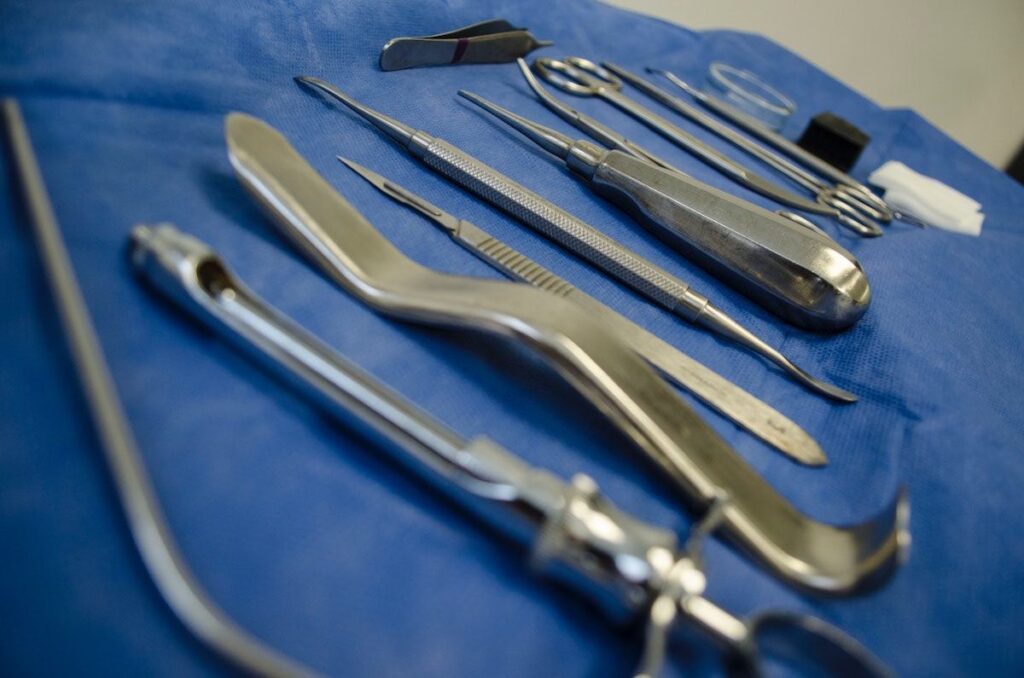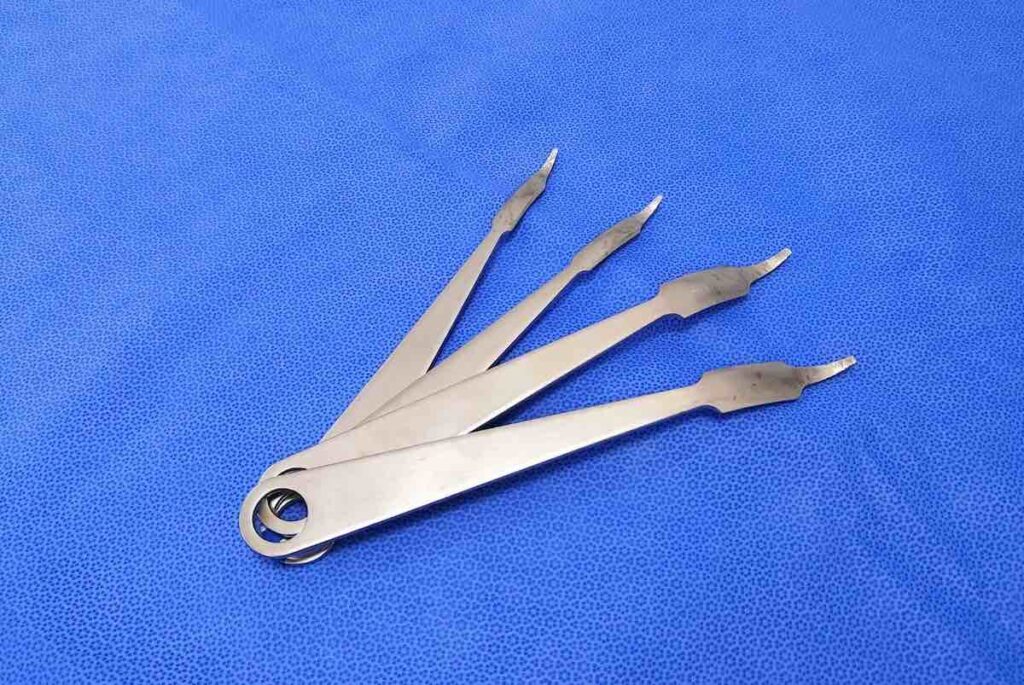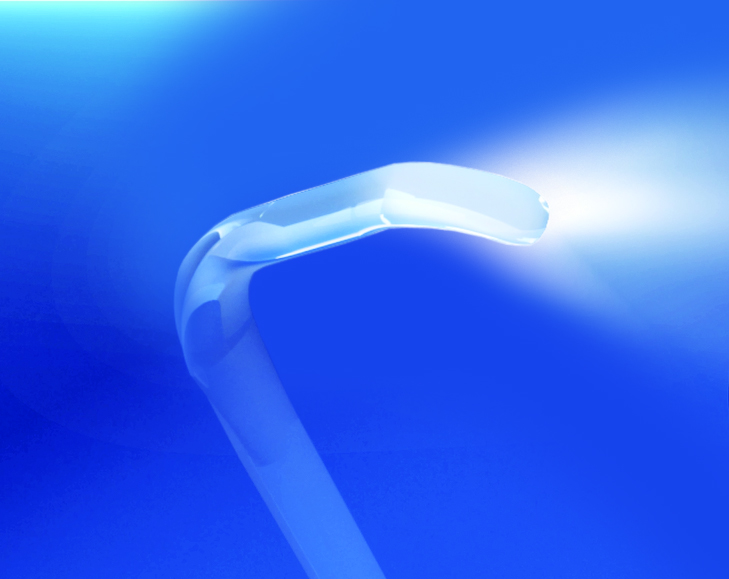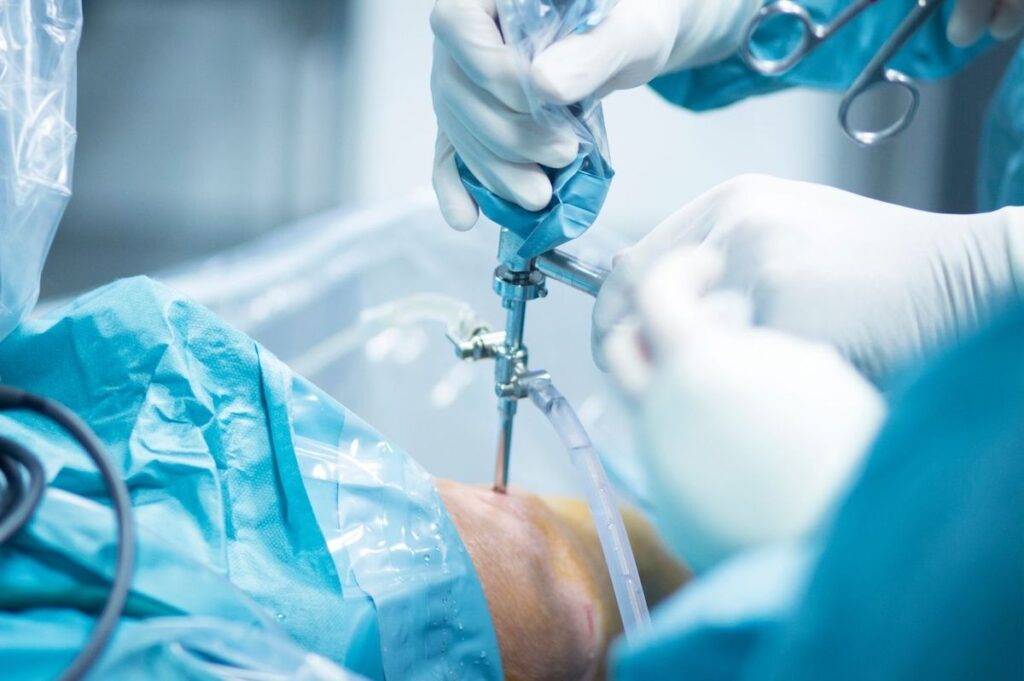Orthopedic surgeries use a range of surgical retractors because orthopedic surgeons deal with bones of many shapes, sizes, and constitutions. These retractors’ primary purpose is easier to see and access the surgical field.
Retractors in orthopedic surgery are also used to elevate bones, provide traction, and aid in placing orthopedic fixtures.
This article covers retractors used in common orthopedic surgeries, such as spinal surgery, hip replacement surgery, and knee surgery. Each retractor also has some pros and cons.
Gelpi retractor
The Gelpi retractor is a self-retaining retractor with a ring-like handle – the rings loop around the fingers for leverage. The Gelpi is most notably used for spinal surgeries. The working end has an S-shaped curvature, with the ends facing away from each other.
This retractor has several varieties that serve multiple purposes. Sizes range small, medium, and large. Small ones are typically used for delicate tissue or when a larger instrument would be too invasive. The medium-sized ones are good for general use or when you need to have more control over the incision size. The large Gelpi retractor is best for heavy-duty tasks and is especially useful during abdominal surgery.

A notable type of Gelpi is that with a deep angle, which allows for greater reach and retraction of deeper tissues. Another variation is the Gelpi Odd Leg, designed to be asymmetrical. The asymmetry specifically caters to spinal surgeries. Asymmetry provides unilateral access in spinal surgery because it can better adapt to the spinal region’s inherent curvature.
A disadvantage of the Gelpi retractor is its lack of maneuverability. Since the Gelpi retractor is a self-retaining retractor designed primarily for spinal surgery, it’s intended to be stable once locked in place. This decreases the risk of damage to surrounding structures. However, it’s this very same property that lengthens the operative time in spinal surgeries because many adjustments have to be made to the lighting. The retractor needs to be removed and repositioned every time the surgeon accesses a different area of the surgical field.
Hohmann retractor
The Hohmann retractor is generally used in hip and knee surgery. It is a single-blade, standalone retractor, rather than a double-bladed retractor like the Gelpi.
A feature of this retractor is that it can retract tissue at the margin of the joint. In hip arthroplasty, it helps retract tissue at the posterior acetabular brim. In knee surgery, it’s used by passing over the margins of the joint to provide adequate visualization.

The structure of this retractor consists of a fine tip that ensures positive engagement, but the contoured blades minimize tissue damage. The grip this retractor provides can also aid in manipulation of bones.
Like the Gelpi, the Hohmann retractor has a tendency to let inadequate light in for visualization. One study determined that in hip arthroplasty, additional instrumentation may be needed, which can also create the need for fiberoptic light cables to ensure adequate visualization. Such cables come with their own dangers concerning heat and obstructions in the operating theater.
Retractors with their own light source are an attractive and more modern alternative. They can help overcome the limitations of the Hohmann retractor’s limitations. Our handheld koplight retractor, for instance, has no wires, as the light comes from the instrument itself. It’s made of a plastic synthetic material with a light source at the neck and blade. The working end is detachable and can be switched with other retractor blades of various shapes and sizes to suit the surgeon’s needs.

Cobra retractor
The handheld Cobra retractor has a long handle and a working end that ends at an obtuse angle. The working end is shaped somewhat like a cobra head. This, combined with the curved handle, accounts for the cobra name.
The head is tapered at the base and tip and flared at the middle. This retractor is commonly used in spinal surgery to retract and elevate spinal roots. It’s also used in total hip replacement and knee surgery, specifically to elevate the acetabulum and the femur.
A disadvantage of the cobra retractor is the need for the operator to apply strength. This is especially true in hip or knee surgery in obese patients. Due to the obtuse angle at the working end, additional effort may be needed for adequate retraction in cases when there is excess fatty tissue. When retractor-related fatigue is a big problem, a bit of added lighting and some lighter-weight tools can really help.
—
For orthopedic surgeries, the koplight™ surgical light retractor is small, maneuverable, and provides much-needed light for the operating field. Contact us at Yasui for more details and uses of our award-winning retractor.

